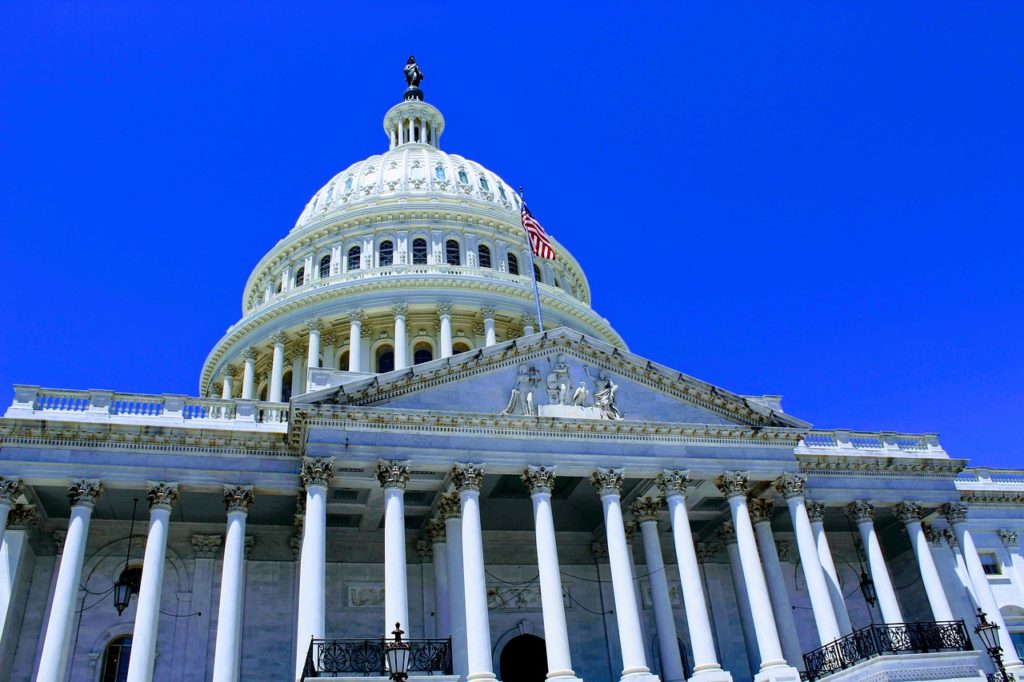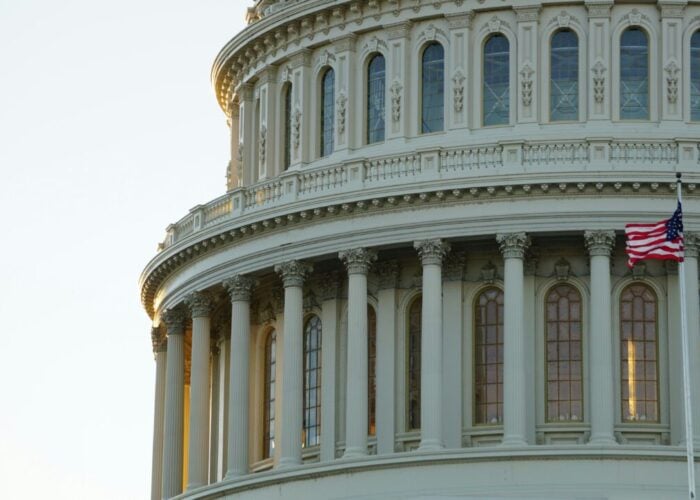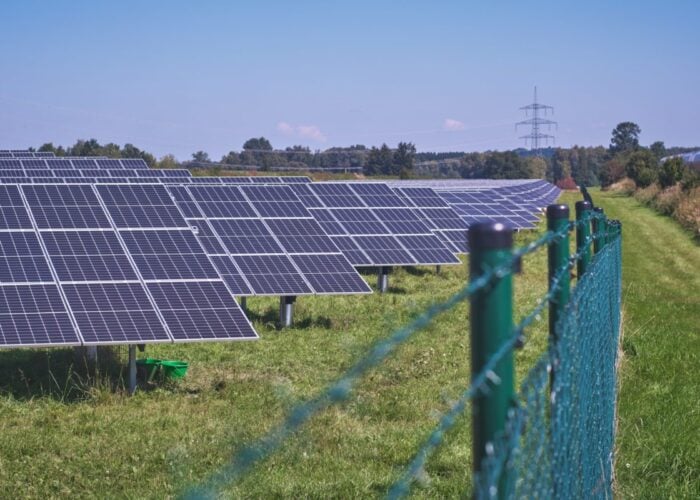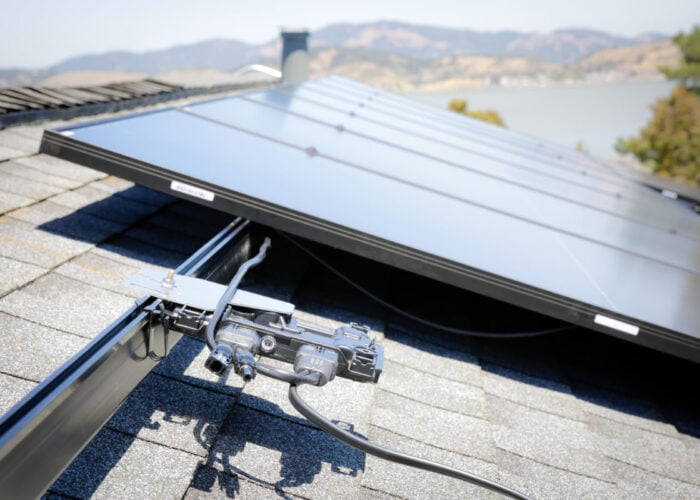
The US House Energy and Commerce Committee has included a US$150 billion Clean Energy Performance Programme (CEPP) as part of its US$3.5 trillion budget reconciliation package that would see power companies penalised or supported for the amount of renewable energy they produce.
Under the plan, the US Department of Energy (DOE) would either pay or penalise electricity suppliers based on how much clean energy they provide to their customers. From 2023 through to 2030, suppliers who increase their renewable energy provision by 4% on the previous year would receive grants equal to US$150 for each MWh above 1.5% of the previous year’s clean energy target.
Unlock unlimited access for 12 whole months of distinctive global analysis
Photovoltaics International is now included.
- Regular insight and analysis of the industry’s biggest developments
- In-depth interviews with the industry’s leading figures
- Unlimited digital access to the PV Tech Power journal catalogue
- Unlimited digital access to the Photovoltaics International journal catalogue
- Access to more than 1,000 technical papers
- Discounts on Solar Media’s portfolio of events, in-person and virtual
These grants, however, must be used to benefit customers through “including direct bill assistance, investments in qualified clean electricity and energy efficiency and worker retention,” according to a House Committee Fact Sheet.
On the other hand, suppliers that do not increase the renewables in their mix by at least 4% will owe a payment to the DOE based on the shortfall. For example, if the supplier only boosts its renewables by 2%, it would owe US$40 for each MWh in that 2% shortfall.
The plan also sees US$2.5 billion invested in “low income solar”, which constitutes planning and installing solar facilities and community solar projects in low-income areas. “Funding will also support development of these facilities in underserved areas and areas with high energy burden,” the Fact Sheet said.
Other key inclusions in the Build Back Better Act include: a US$13.5 billion investment in electric vehicle infrastructure; US$5 billion to help replace certain heavy-duty vehicles with zero emission vehicles through a new grant with the Environmental Protection Agency (EPA); a US$9 billion boost to help create a “21st Century energy grid”; US$17.5 billion for decarbonising federal buildings and fleets; US$18 billion in home energy efficiency; and a whopping US$27.5 on a greenhouse gas reduction fund through the “rapid deployment of low- and zero-emission technologies”.
The US Senate returned yesterday (13 September) from its August recess and now faces a hectic couple of weeks as democrat leaders and lawmakers face a number of critical deadlines, with the US$3.5 trillion infrastructure plan just one of them.
So far, Republicans are united in their opposition to the bill. However, through a budget reconciliation, US Democrats do not need a full majority in both the Senate and House. Although, the legislative procedure could see these recommendations amended in negotiations across the aisle.
Also yesterday, the US House of Representatives finally unveiled proposals which would extend the Solar Investment Tax Credit (ITC) for 10 years at 30%, but only for projects meeting certain labour conditions.
It follows more than 750 US organisations co-signing a letter calling on Congress to push through policies to significantly ramp up renewables deployment.







